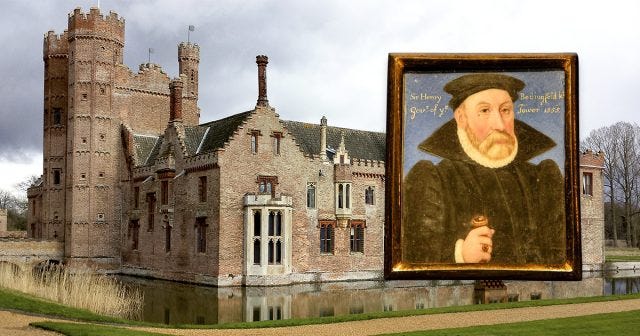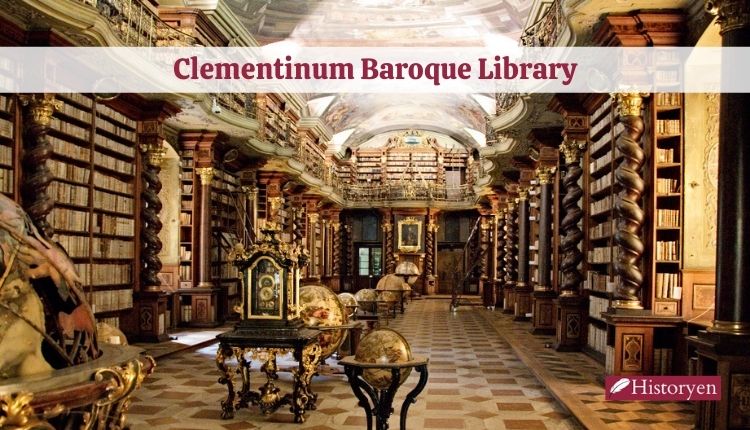In the quiet solitude of lockdown, beneath the hallowed floors of Oxburgh Hall in Norfolk, archaeologist Matt Champion embarked on a solitary journey through time. Little did he know that his “fingertip search” during a top-floor renovation would unveil a treasure trove of over 2,000 artifacts from Tudor and Elizabethan times. This unexpected discovery, part of a multi-million pound restoration project, has sent shockwaves through the historical community and is now considered one of the most significant underfloor finds in the National Trust’s history.
The Artifacts
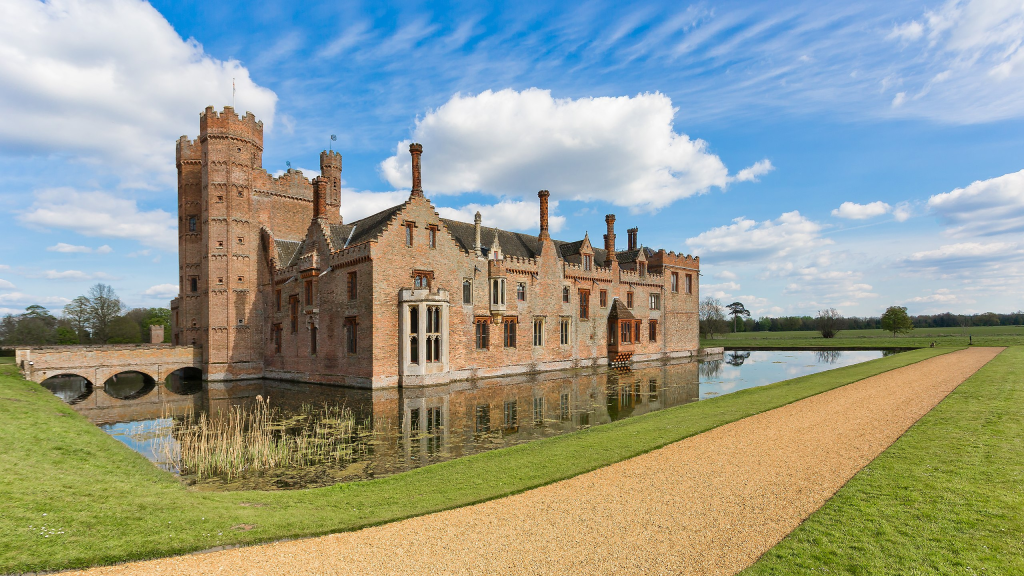
In the quiet solitude of Oxburgh Hall’s attic, a hidden treasure trove unfolds—a Tapestry of Time, meticulously woven through centuries of history. As we embark on this journey of discovery, we unravel the artifacts that lie beneath the floorboards, each thread telling a unique story of Tudor and Elizabethan times. From opulent silks to remnants of leisure, join us as we delve into the layers of the past, exploring the rich tapestry that time has carefully preserved.
1. Silken Whispers: High Status Elizabethan Textiles
Among the remnants, scraps of silk and high-status Elizabethan textiles have emerged, offering a glimpse into the luxurious lives of the past inhabitants. The vivid threads of history woven into these fabrics tell tales of opulence and extravagance.
2. Ping-Pong and Pastimes: Unearthing Unusual Artifacts
In a surprising turn, ping-pong balls hint at an attic turned recreation room. The juxtaposition of leisure and history adds a playful layer to the discovery, showcasing the diverse uses of the space over the centuries.
3. Preserved Perfection: The Art of Conservation
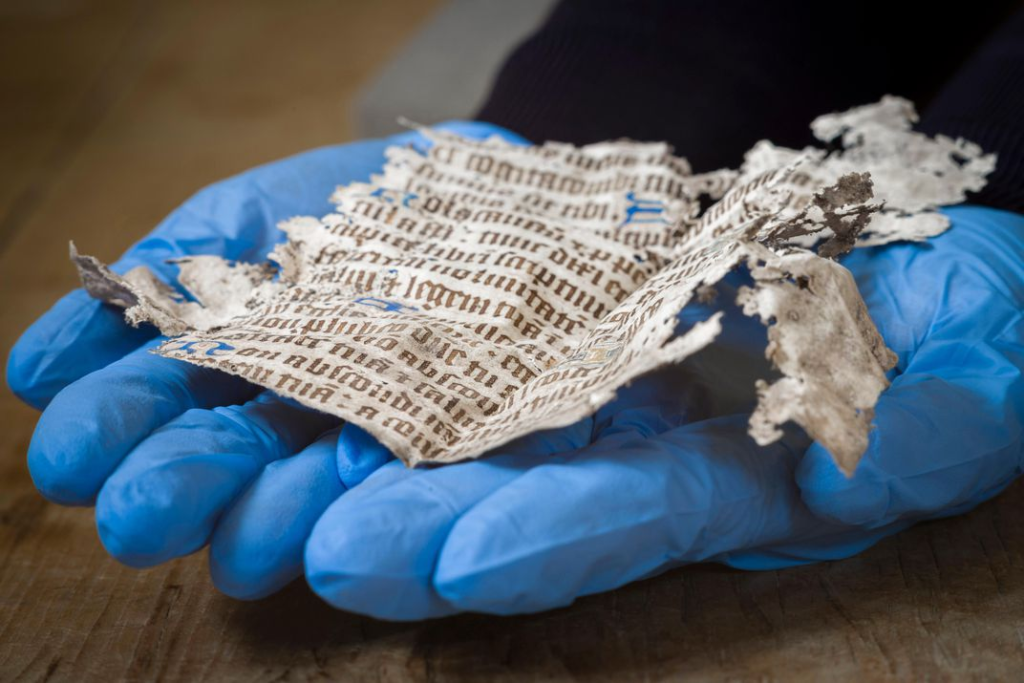
Curator Anna Forest reveals the meticulous preservation of the artifacts. Dust, debris, and objects formed layers under the floorboards, creating a protective cocoon. Lime plaster played a crucial role, drawing out moisture and preserving these treasures in a remarkable state.
4. From Wax Seals to 18th-Century Manuscripts: Documenting the Past
Evidence of wax seals and fragments of 18th-century handwritten documents in English and French shed light on the administrative functions of the attic. This space, it seems, was not only a hub of creativity but also a repository of historical paperwork.
5. The Star Find: Illuminated Manuscript from the 15th Century
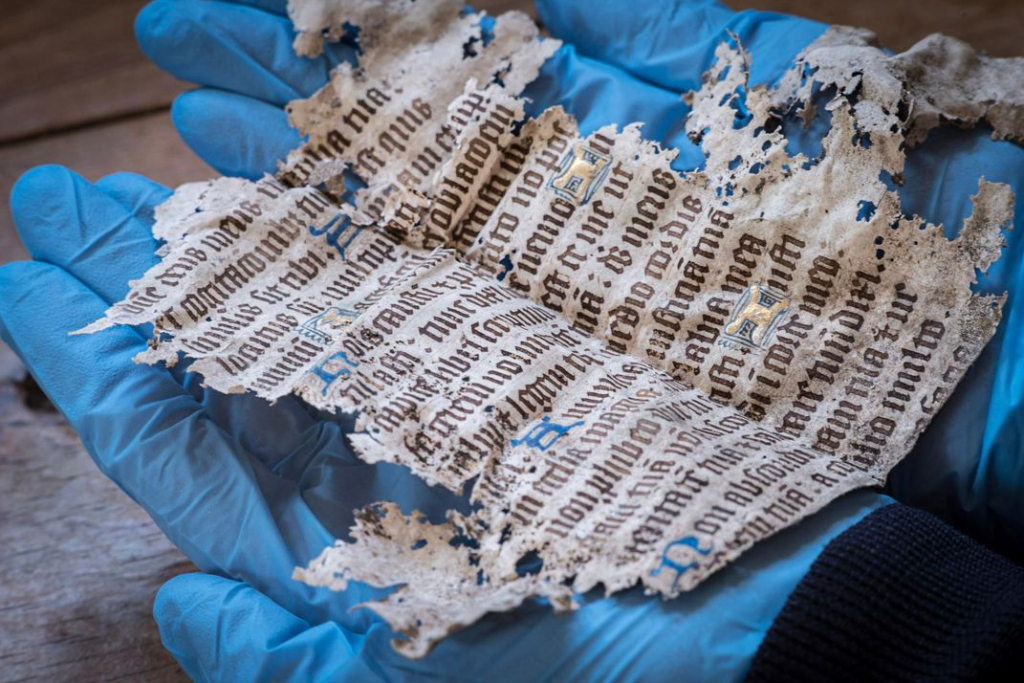
The crown jewel of the discovery is a small section of an illuminated manuscript from the 15th century. Its vibrant blue and gold hues suggest a precious origin. Further examination reveals its probable connection to a “Book of Hours,” adding a spiritual dimension to the findings.
6. The Bedingfields: A Devout Catholic Legacy
Built in 1482 by Sir Edmund Bedingfield, Oxburgh Hall stands witness to a devout Catholic family’s unwavering faith during the Protestant rule of Elizabeth I. The attic, once a potential sanctuary for illegal masses, hides evidence of a family’s resilience in the face of adversity.
7. Rats, Romance, and Reading: An Eclectic Blend
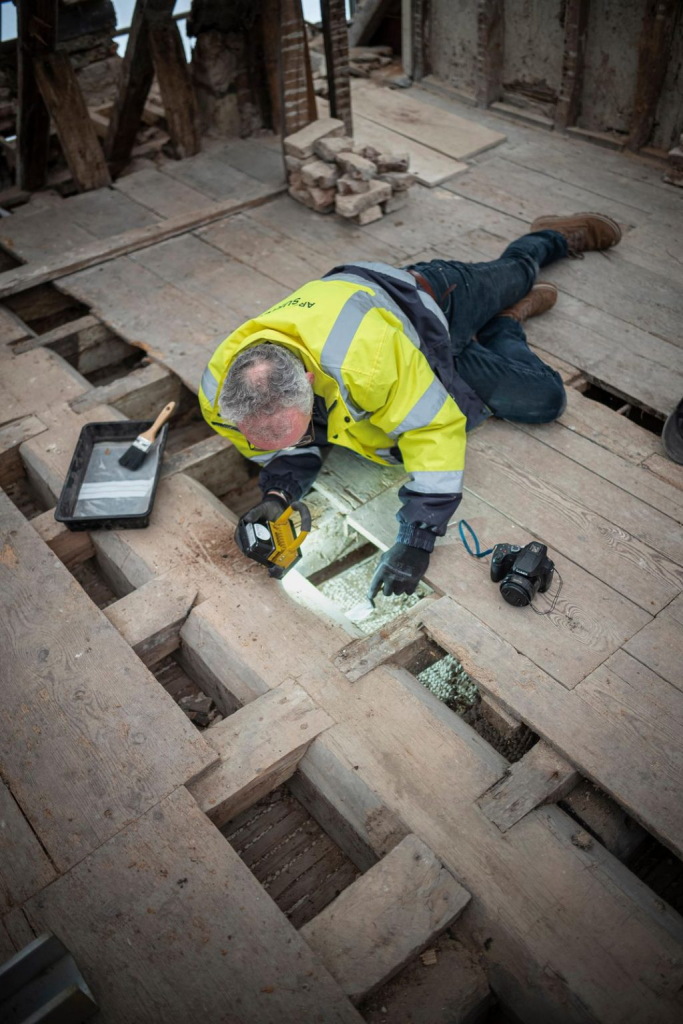
Uncovering more than just human history, the attic tells tales of long-dead rats crafting nests amidst torn music sheets and leather. A 1568 edition of The Kynge’s Psalmes and a 1590 chivalric romance book from Spain hint at diverse reading preferences, offering a rich tapestry of the past.
8. World War II Relics: A Sweet Surprise
Amidst the historical ensemble, a box of chocolates from World War II takes center stage. Its intact wrappings, sans candy, raise questions about a hidden treat and add a touch of sweetness to the narrative.
Russell Clement’s Emphasis: Unveiling Social History
Oxburgh Hall’s General Manager, Russell Clement, underscores the social history embedded in these relics. In the Trust’s statement, he highlights how these objects provide clues confirming the house’s history as a retreat for a devout Catholic family, steadfast in their faith across the centuries.
